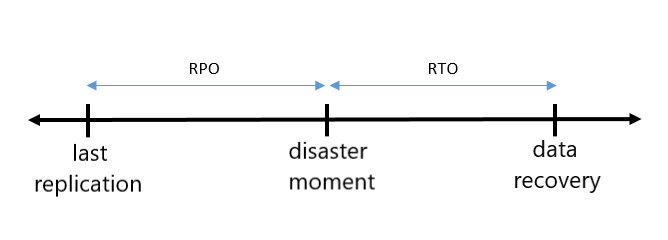In today’s article, What are RTO and RPO? We will answer the question.
What is RTO (Recovery Time Objective)?
It is the accepted downtime for data to be recoverable in the event of a possible disaster. General values have the following order.
8 hours and 45 minutes of interruption per year for a 99.9% success (SLA),
52 minutes of interruption per year for a 99.99% success (SLA),
5 minutes of interruption per year for a 99.999% success (SLA),
you must have. To decide which RTO is best for your company, you need to consider your data needs.
Not all companies are included in the 365/24 program. Some companies only measure downtime between 6 p.m. and 6 p.m., Monday through Friday, or only on weekends.
You should make an RTO calculation based on this information. You can also make a calculation on the subject from the Uptime.is site.
What is RPO (Recovery Point Objective)?
It is the amount of acceptable data loss in the event of a possible disaster.
If we need to exemplify the subject to be more clear, the RPO value on an e-commerce site shows that there is a tolerance for 5 minutes of data loss.
In RTO, on the other hand, it is the time that elapses in order for the services and processes provided before the disaster to continue without interruption after the disaster has occurred.
In order to shorten these losses and times, it is necessary to have competent employees or solutions.

Apart from these 2 terms, there is also the concept of MTPoD (Maximum Tolerable Period of Disruption),which (exceeding the maximum time that can be tolerated for interruption) if your process is included in MTPD,the institution can be considered damaged in terms of financial and corporate reputation.
With the complexity of terms and the high availability of business units, configuring system resources in accordance with RPO, RTO and MTPD values is of great importance for institutions.
See you in my next post..
![]()
 Database Tutorials MSSQL, Oracle, PostgreSQL, MySQL, MariaDB, DB2, Sybase, Teradata, Big Data, NOSQL, MongoDB, Couchbase, Cassandra, Windows, Linux
Database Tutorials MSSQL, Oracle, PostgreSQL, MySQL, MariaDB, DB2, Sybase, Teradata, Big Data, NOSQL, MongoDB, Couchbase, Cassandra, Windows, Linux 